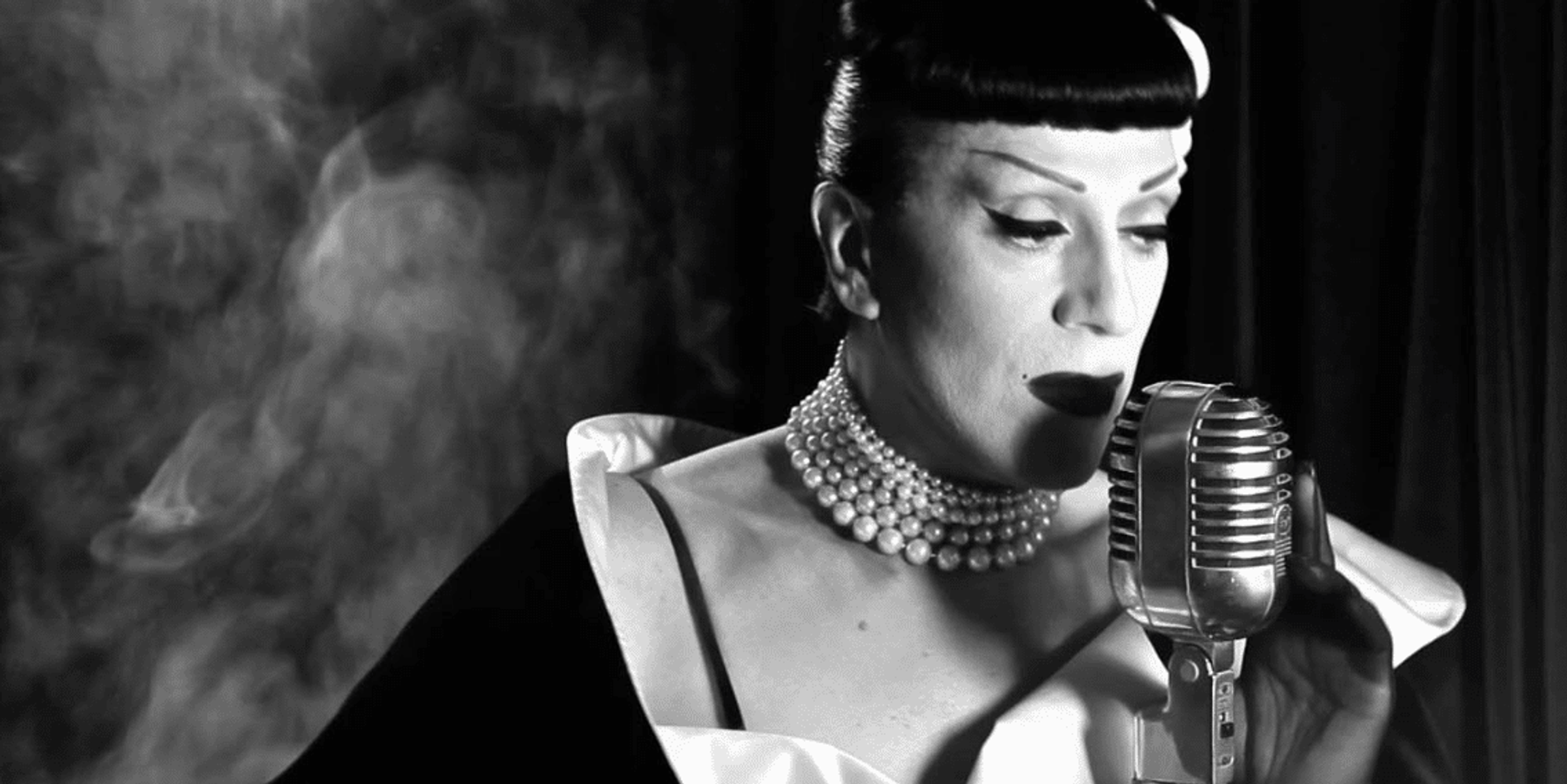
CROSS-CLIMATE SPELL SEARCH / PÅ LETING ETTER TVERRKLIMATISKE TROLLDOMSORD
Tyler Matthew Oyer is a Los Angeles based artist, writer, and organizer who recently performed his forthcoming album, RELEASE, at Langøy, outside Stavanger. Through affect, relation, staging and subject matter Oyer’s performances engage the radical queer imagination in order to present illustrations of imagined and re-imagined socio-political realities. Tyler Matthew Oyer er en Los Angeles-basert kunstner, forfatter og arrangør som i 2016 fremførte det nye albumet sitt, Release, på Langøy utenfor Stavanger. Ved å spille på et bredt følelsesregister og gjennom grandiose kostymer, iscenesettelser og et sterkt innhold tar Oyers performancer i bruk en radikal og skeiv forestillingsevne for å sette dagens sosiopolitiske virkeligheter under et kritisk søkelys og dikte videre på dem.
- NO
- 9 September 2016
- Free Form


